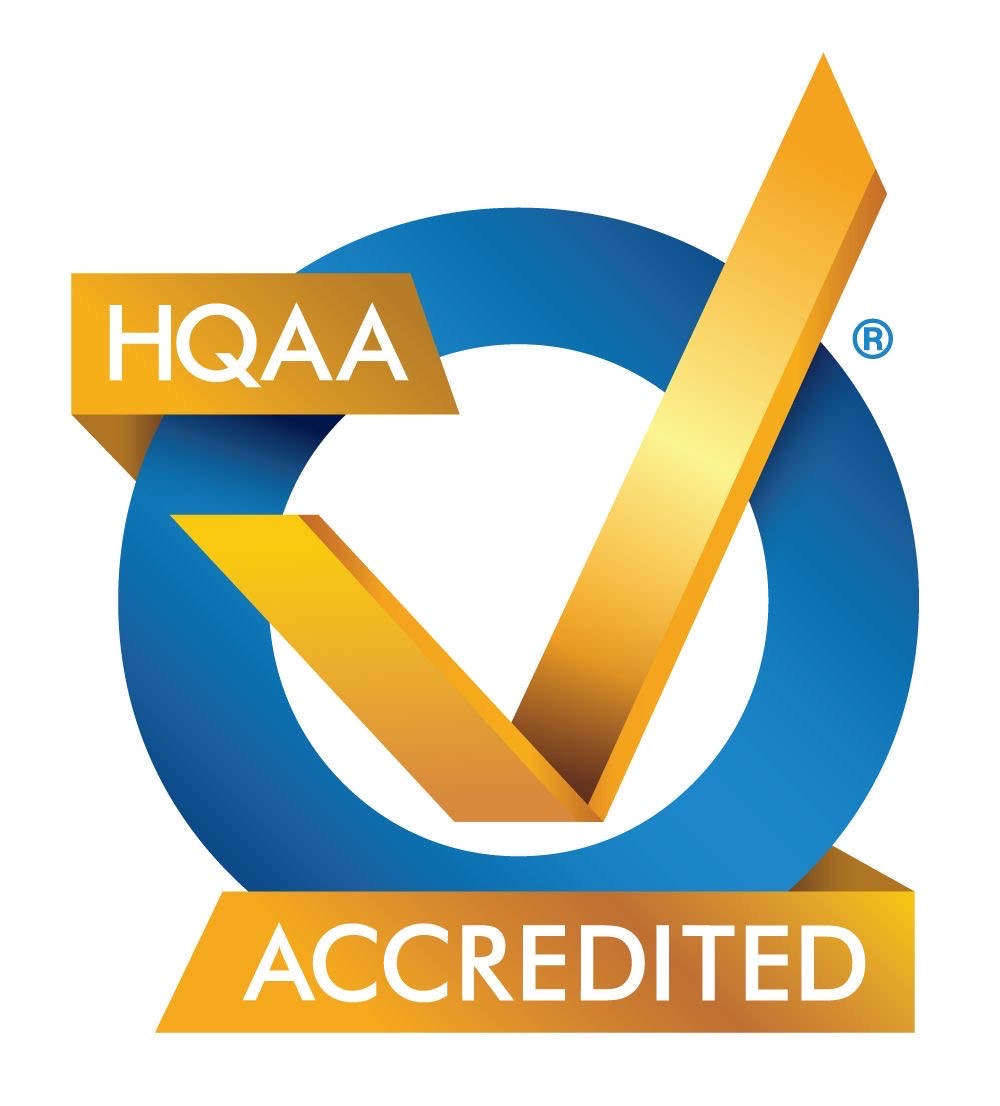Managing Incontinence at Home: Essential Products and Tips
Introduction
Dealing with incontinence, whether it's for yourself or a loved one, can be challenging. However, with the right knowledge, support, and products, you can effectively manage incontinence from the comfort of your home. In this blog post, we will explore essential products and practical tips to help you or your loved one maintain dignity, comfort, and independence while managing incontinence.
Understanding Incontinence
Before diving into product recommendations and management tips, it's essential to understand incontinence. Incontinence is the involuntary loss of urine or feces, and it can affect people of all ages. There are different types of incontinence, including stress incontinence, urge incontinence, overflow incontinence, and functional incontinence. It can be caused by various factors such as aging, medical conditions, pregnancy, childbirth, or surgery.
Essential Incontinence Products
-
Adult Diapers or Pull-Ups: These absorbent undergarments are designed for both men and women and come in various sizes and absorbency levels. They provide discreet protection and can be worn like regular underwear.
-
Disposable Underpads: These absorbent pads are placed on chairs, beds, or other surfaces to protect them from leaks and accidents. They are especially useful for protecting mattresses and furniture.
-
Reusable Underwear: These washable, absorbent undergarments are eco-friendly and cost-effective in the long run. They offer comfort and protection while reducing waste.
-
Bedside Commodes: These portable toilets with a seat and bucket can be placed next to the bed, providing a convenient solution, especially for nighttime needs.
-
Flushable Wipes: These pre-moistened wipes are gentle on the skin and can be flushed down the toilet, making cleanup more comfortable and hygienic.
-
Skin Cleansers and Barrier Creams: Specialized cleansers and creams help maintain skin hygiene and protect against irritation and rashes.
-
Odor Control Products: These products, such as odor-neutralizing sprays or pouches, can help manage unpleasant smells associated with incontinence.
Practical Tips for Managing Incontinence at Home
-
Consult a Healthcare Professional: If you or your loved one is experiencing incontinence, consult a healthcare provider. They can determine the cause, recommend appropriate treatments, and provide guidance on managing the condition.
-
Stay Hydrated: While it may seem counterintuitive, maintaining proper hydration is essential. Dehydration can lead to concentrated urine, which can irritate the bladder.
-
Bladder Training: Some individuals can benefit from bladder training exercises, which involve gradually increasing the time between bathroom visits to improve bladder control.
-
Kegel Exercises: Pelvic floor exercises, known as Kegel exercises, can help strengthen the muscles that control urination. They are especially useful for stress incontinence.
-
Maintain a Healthy Diet: Certain foods and beverages, such as caffeine and spicy foods, can irritate the bladder. Consider dietary adjustments to reduce irritation.
-
Scheduled Bathroom Breaks: Establish a routine for bathroom breaks, even if there is no immediate urge to go. This can help reduce accidents.
-
Use Proper Hygiene: After each episode of incontinence, clean the affected area thoroughly, use barrier creams to prevent rashes, and change into fresh incontinence products.
-
Consider Mobility Aids: If mobility is a concern, consider mobility aids like grab bars in the bathroom or a raised toilet seat for easier access.
-
Fall Prevention: Incontinence can increase the risk of slips and falls. Remove tripping hazards, install handrails, and ensure adequate lighting to minimize accidents.
-
Emotional Support: Managing incontinence can be emotionally challenging. Seek support from friends, family, or support groups to share experiences and coping strategies.
-
Regular Follow-ups: Keep regular appointments with healthcare professionals to monitor progress and adjust treatment plans as needed.
Conclusion
Managing incontinence at home is entirely possible with the right combination of products, knowledge, and support. By understanding the types of incontinence, using essential incontinence products, and implementing practical tips, you can maintain comfort, hygiene, and dignity while managing this common condition. Remember that seeking professional guidance is key to effective management, and you are not alone in this journey.



